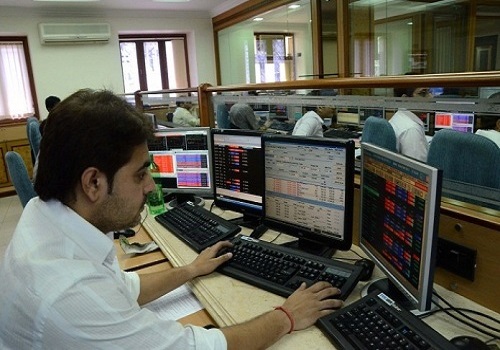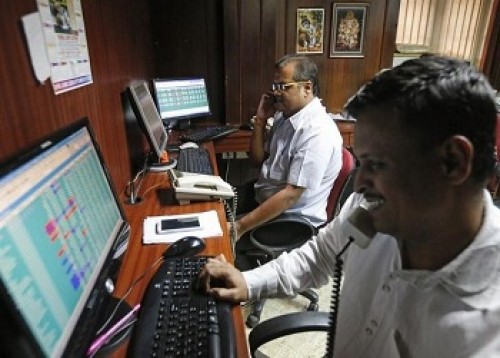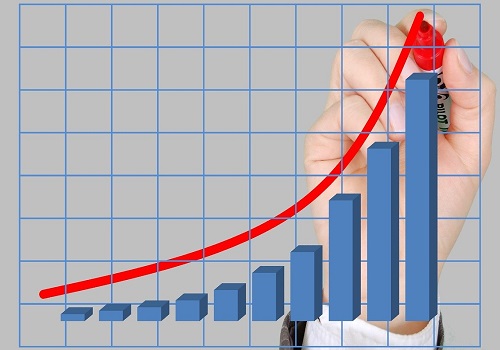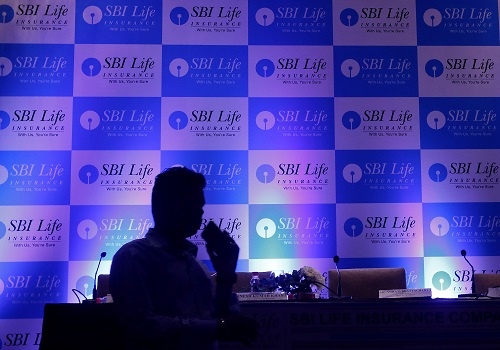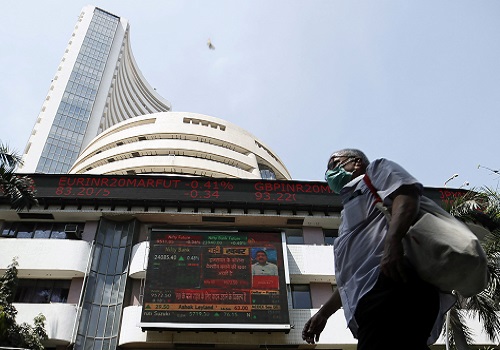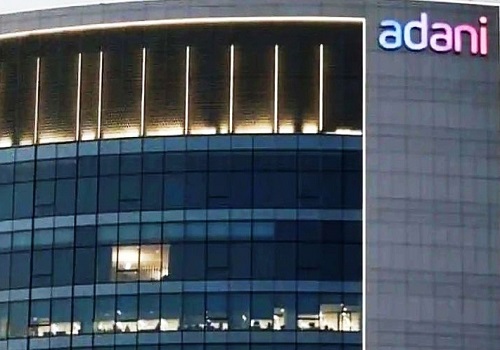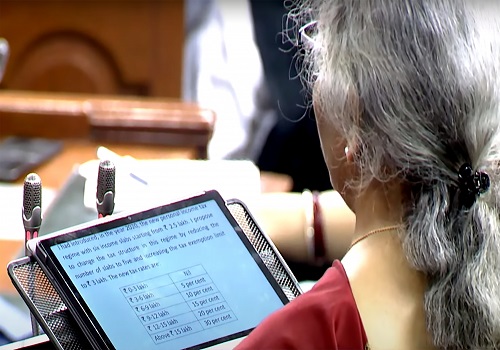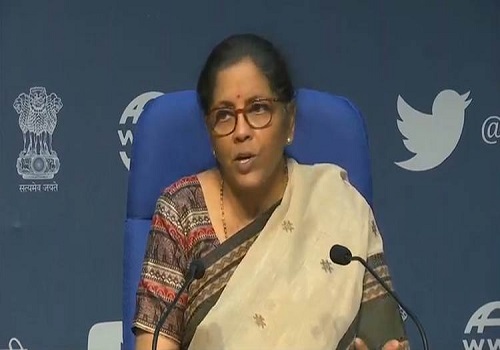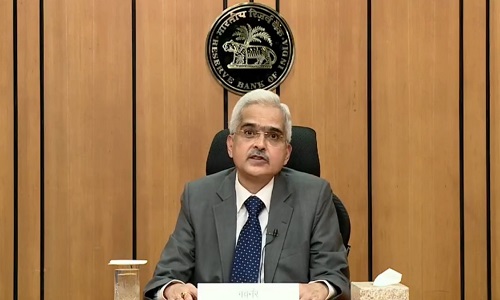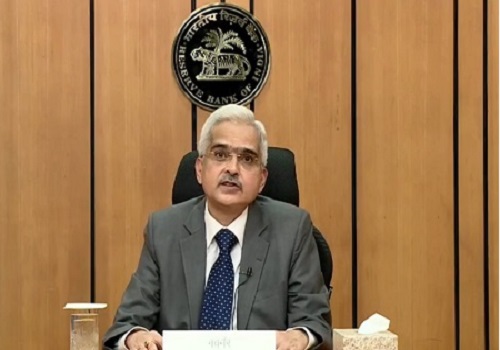`Guarded optimism amid pandemic resurgence, credit quality of India Inc improves`

Follow us Now on Telegram ! Get daily 10 - 12 important updates on Business, Finance and Investment. Join our Telegram Channel
https://t.me/InvestmentGuruIndiacom
Download Telegram App before Joining the Channel
The Crisil Ratings credit ratio (upgrades to downgrades) scaled to 1.33 in the second half of fiscal 2021 - with upgrades and downgrades at 294 and 221, respectively - from a decadal low of 0.54 in the previous half, as demand recovery strengthened and GDP growth returned to positive territory in the third quarter.
The debt- weighted credit ratio too increased to 1.26 from 0.52.
The impetus to infrastructure development in Union Budget 2021-22, steady farm performance and sustained rural demand, together with rollout of vaccination, hold promise for continued improvement in the credit quality of India Inc even as the spectre of a second wave of Covid-19 infections looms large, the ratings agency said in a report.
There were fewer downgrades across the spectrum in the second half despite the sunset of policy and regulatory measures such as the debt servicing moratorium in August and relaxation of default recognition norms in December 2020. These had provided temporary relief at the peak of the lockdown.
The emergency credit line guarantee scheme (ECLGS) provided much-needed liquidity support to jump-start business activity in the second half of the fiscal. But the biggest driver for the increase in credit ratio were the unlock measures, which released pent-up demand across sectors, kick-started the economy and got cash flow from operations flowing for India Inc., Crisil said.
Moderately resilient sectors such as automotive components and packaging saw a sharp increase in credit ratio led by increased pace of upgrades, even as credit ratio for the moderate resilient category was below 1.
Highly resilient sectors such as pharmaceuticals and agrochemicals had performed well and maintained credit ratio above 1 even during the worst phase of the pandemic, backed by sustained demand.
Low-resilience sectors such as hospitality and real estate developers continue to see more downgrades than upgrades, even as the pace of downgrades slowed in the second half.
The financial sector, too, benefitted from the rebound in corporate credit quality. Regulatory support by way of ECLGS and targeted long term repo operations (TLTRO) kept reported gross non-performing assets in check, as testified by rising collection efficiencies in the latter half of the fiscal. Public sector banks (PSBs), which benefitted from capital infusions in the past, returned to black at a systemic level after five years.
Bank credit growth is set to speed up to 9-10% in the new fiscal after mid-single digit growth in fiscal 2021. The proposed privatisation of two PSBs is a key monitorable, apart from collection efficiency and fund-raising ability, the latter especially for non-banks.
The growth-oriented Union Budget for next fiscal, which provides for higher infrastructure spending and targeted incentives for domestic manufacturing - besides a normal monsoon and the low base of fiscal 2021 - shall drive GDP growth of 11% next fiscal and, in turn, improve the credit profiles of India Inc, the report said.
The sharp rise in Covid-19 cases since mid-February 2021 and the impact of any stringent containment measures on businesses are the key threats to the nascent demand recovery and could impact the credit quality outlook adversely. That said, the Crisil Ratings resilience study of 42 sectors indicates that only 6 (accounting for 4% of rated debt) are highly sensitive to a Covid-19 resurgence, while 20 are moderately sensitive.
Among highly sensitive sectors, airlines, airport operators, hospitality and retail have a long road to recovery, while gems & jewellery and automotive dealers have benefitted so far with supressed demand breaking free.
Rapid progress on inoculation, clearly, is key to decisively quell the risk posed by the second wave of the pandemic. Slower-than-anticipated demand growth, delays in implementation of budgetary or other fiscal measures, and a sub-normal monsoon are the other downside risks to the credit quality outlook.
